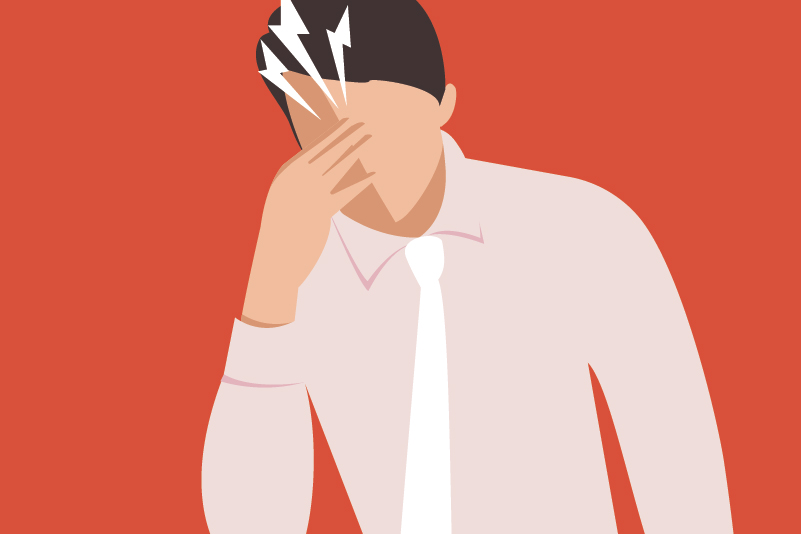#52 Are antihypertensive medications effective for migraine prophylaxis?

Reading Tools for Practice Article can earn you MainPro+ Credits
Join NowAlready a CFPCLearn Member? Log in
- Versus Placebo: Propranolol statistically significantly:
- Improved migraine control: For example, more patients on propranolol attained a 50% reduction in headaches (57.1% versus 29.7%), Number Needed to Treat (NNT)=4.
- Increased drop-out due to adverse events (4.1% versus 1.6%), Number Needed to Harm 40.
- Versus other medications (primarily other beta-blockers & calcium channel blockers): No consistent differences.
- Low quality studies and heterogeneity make definitive statements difficult.
- Recent industry-sponsored cross-over trial of 54 patients found candesartan was not inferior to propranolol.2
- Statistically significant reduction in headache frequency: 7.9 days/month on placebo versus 6.6 days/month on lisinopril.
- Rescue medications and headache severity also reduced.
- Statistically significant reduction in headache frequency: 6.2 days/month on placebo versus 4.5 days/month on candesartan.
- Rescue medications and sick leave days also reduced.
- Meta-analysis of 95 hypertension RCTs (24,244 participants) reporting headache among the adverse events:10
- Patients taking any of the four classes of antihypertensives (thiazides, beta-blockers, ACE inhibitors, or ARBs) reported headache less often than those taking placebo.
- Two reviews of migraine prophylaxis11,12 suggest the following antihypertensives (with starting doses12): Propranolol (20 mg BID) is consistently highly recommended,11,12 followed by nadolol (80 mg OD),12 metoprolol,11 lisinopril (20 mg),11,12 candesartan (16 mg),11,12 or verapamil (40mg TID).11,12 Similar recommendations are found in Canadian and US guidelines.13,14
- Anticonvulsants and Tricyclic anti-depressants are also effective.15






